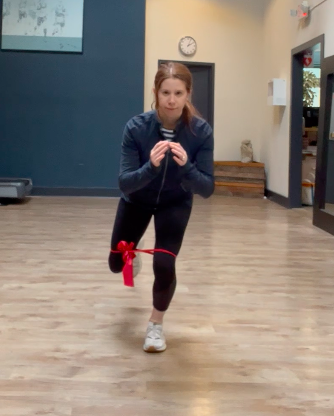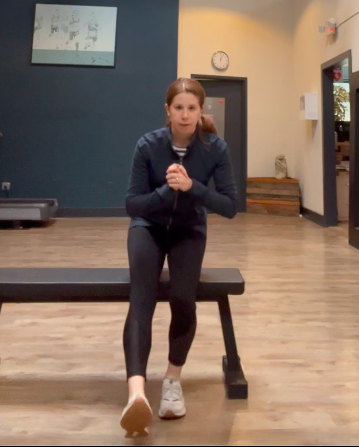When they’ve been sidelined by injury, one of the first questions a runner asks me is “when can I run?” And if you’ve been here long enough, or have ever ask a PT questions, you know that the answer, simply, is “It depends”. Injury type and location are major determinants (see my earlier “How Long Will This Take to Get Better” blog). But clearance for returning to run does not happen based on a date set on the calendar, that's why the advice to "take 2 weeks off running and then try again" rarely is successful. Instead, every time I meet with a patient, I am assessing their strength, movement quality, and listening to their symptoms to determine how ready or not ready they are to begin running. Here are some of the criteria that I look for before initiating a return to run plan.
Medical Clearance: First things first, your physician and I need to be on the same page. Being medically cleared to return to run is most important after bone stress injuries, fractures, and surgeries. We need to be sure that everything is healed before starting to run!
Ability to walk at least 30 minutes with no pain, and no limp. If you can’t walk, running isn’t going to go well. If walking is painful, we need to determine why (is it a strength problem? Mobility? Other?). Walking can be gradually built up in ~5 minute increments to meet this goal of 30 minutes.
Ability to perform 10 single leg squats on both sides, with no pain, and good form. Good form means knees tracking over toes, minimal unsteadiness, and a proper hip hinge. Running is a single leg sport, and every time you land, it’s like a single leg squat, so it’s important to be able to perform this movement well and without pain. To work towards this, start with double leg squats, and then try sitting back onto a chair or bench on one leg (shown on the right). You can also practice single leg squats with a band around your knees to help you engage your hip rotators and abductors (shown on the left).
Ability to perform 30 single leg hops on either leg, with no pain. A big difference between walking and running is the amount of impact as you land on one foot. Hopping replicates this, and this test helps us know how you might respond to the impact of running.
Ability to perform 25 single leg heel raises with proper form and no pain. Calf strength is important for runners! The calf muscles absorb a lot of force, help control the position of the shin, and assist with push off. If double leg heel raises are too difficult, start with double leg and then progress to rising up on feet and lowering down on one.

There are other things that I look at when determining appropriateness for returning to run after an injury, but in my opinion, these five are the most important! Working with a physical therapist who specializes in treating runners can help you return to running safe, and strong. At Precision, we understand the importance of getting to the root of the problem, and making the appropriate changes to your running and strength training so that it doesn’t happen again. We will work with you to determine when it is safe to return to run, and how to do it properly to avoid the risk of re-aggravating an injury. Improving strength, mobility, and motor patterns before returning to run requires some patience (we all want to get back to running ASAP!) but it’s truly the best decision for the longevity and health of your running career.
Thanks for reading!
Dr. Elizabeth Karr PT, DPT
.jpg)





Commenti